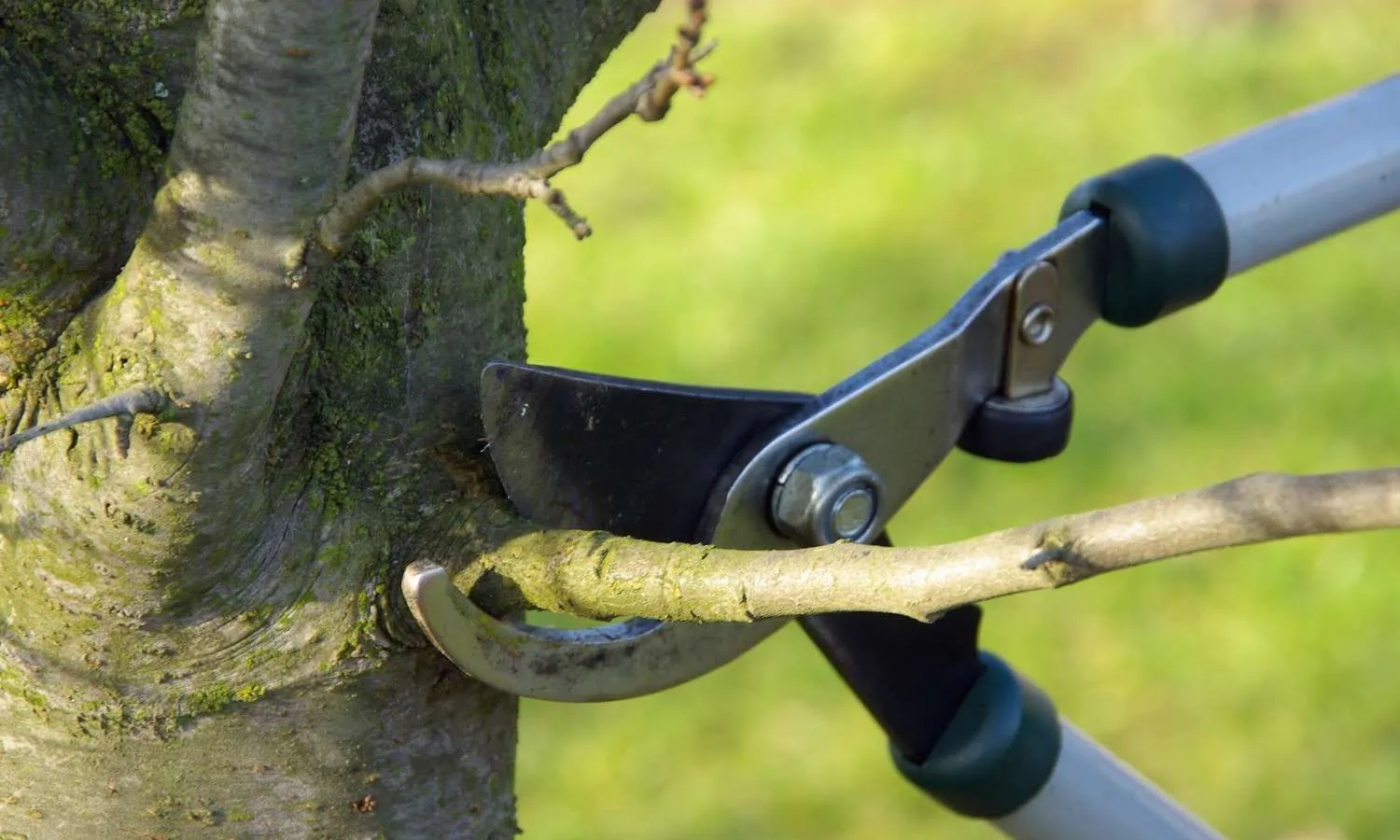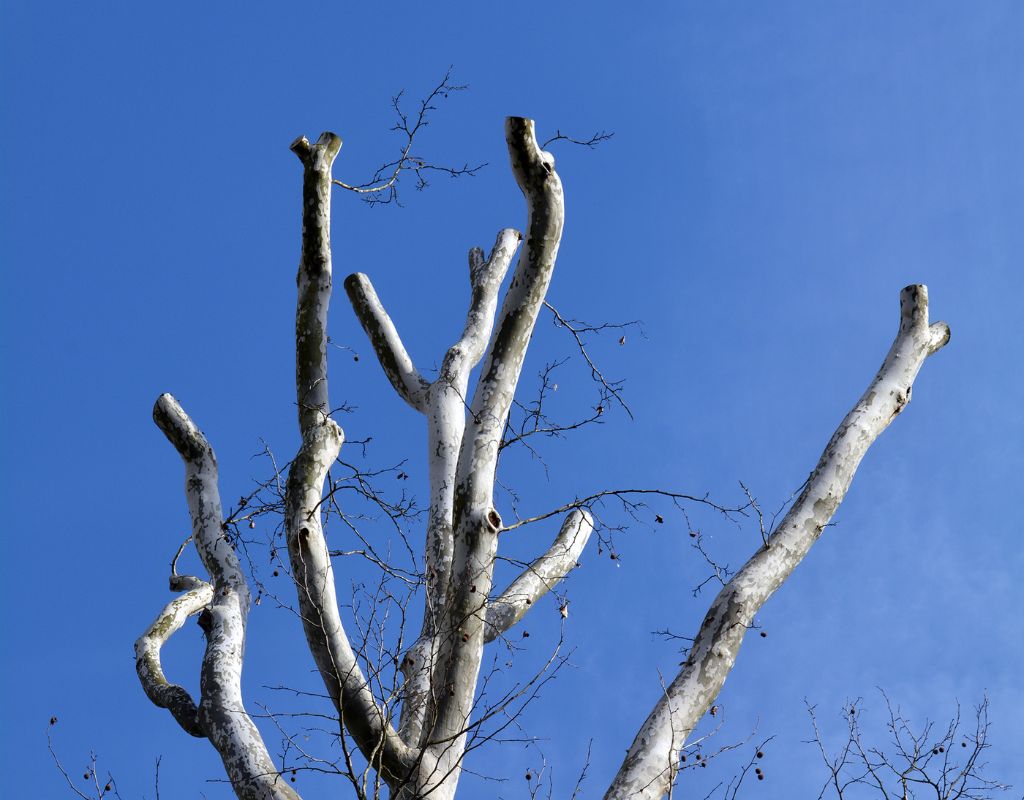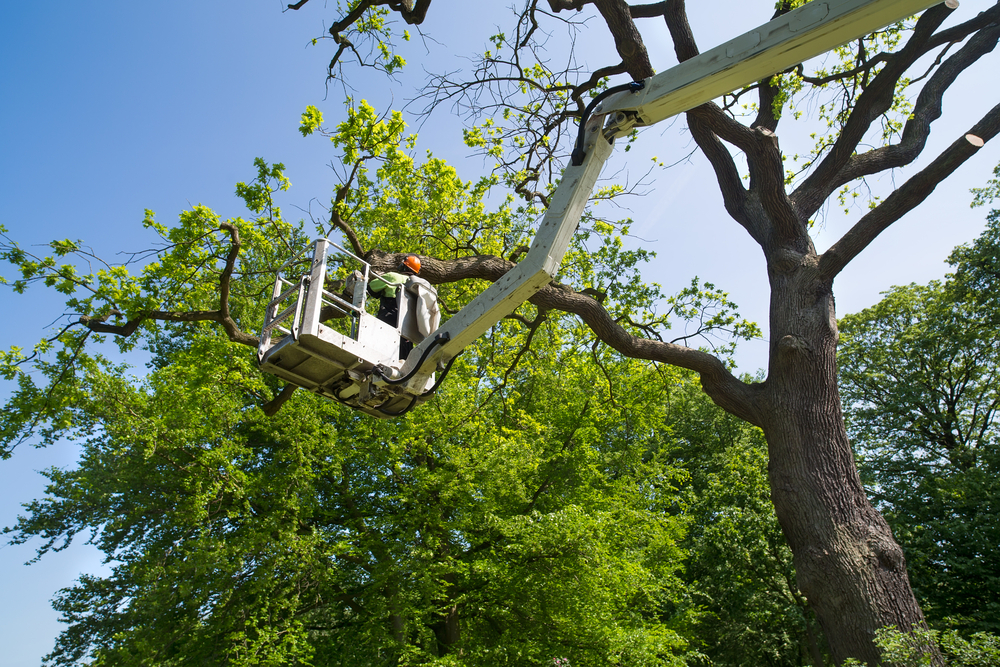
What Are the Risks and Benefits of Topping Mature Trees?
Appreciating Tree Topping

Before we get into the hazards and rewards, it's important to understand what tree topping includes. When a tree gets too huge or constitutes a threat to the surrounding region, some landowners choose to top it. This operation entails removing huge branches or even the main stem, which frequently reduces the tree's height by 50% or more. While tree topping appears to be a quick remedy, it has serious ramifications for the tree's health and look.
The Appeal of Topping Trees
It's simple to understand why some people might find topping intriguing. After all, if a tree is becoming too large or is near power lines, lowering its height appears to be the most reasonable answer, right? For those looking for a rapid, visible change, topping may appear to be a cost-effective solution that instantly eliminates possible hazards. However, like with many shortcuts, the consequences might often be worse than the benefits.
Risks of Topping Mature Trees

While topping appears to be a convenient solution, it carries several hazards. These dangers can have an impact on not just the tree's health, but also the surrounding environment and property. Here are some of the major risks connected with topping mature trees:
1. Weak New Growth
One of the primary risks of topping is that it encourages weak, rapid growth. When large branches are cut off, the tree tries to compensate by sending out numerous shoots, which are known as suckers. These new shoots grow quickly but are structurally weaker than the original branches. Over time, these weakened branches can easily break during storms or high winds, posing a danger to nearby people and property.
2. Increased Risk of Disease and Pests
Topping creates large, open wounds on a tree, making it more vulnerable to infections, diseases, and pests. When a tree loses a significant portion of its canopy, it struggles to produce enough energy through photosynthesis. This leaves it stressed and more susceptible to fungal infections or insect infestations. Pests like bark beetles and aphids are drawn to weakened trees, and once they’ve made a home, it can be difficult to eradicate them.
3. Aesthetic Damage
Topping a tree can dramatically alter its appearance, often leaving it looking disfigured or unnatural. Mature trees have a specific shape that’s been developed over decades, and cutting off large portions disrupts their natural beauty. In some cases, topping can result in uneven or unsightly regrowth, leaving a tree with a lopsided appearance. For those who value the aesthetics of their landscape, this can be a significant drawback.
4. Shortened Lifespan
Another considerable risk is the reduced lifespan of a tree. Because topping stresses the tree and makes it more vulnerable to disease, its overall health can decline rapidly. Over time, this stress can shorten the tree’s natural lifespan. Many topped trees die prematurely because they cannot recover from the drastic loss of their canopy and are unable to fend off the environmental challenges they face.
Benefits of Topping Mature Trees

While the risks of topping trees are undeniable, there are situations where some benefits might apply. However, it’s essential to weigh these potential advantages against the drawbacks.
5. Quick Height Reduction
One of the primary reasons people top trees is to reduce their height quickly. If a mature tree is growing dangerously close to power lines, buildings, or other structures, topping might seem like a swift solution to mitigate any immediate risks. In some cases, it may temporarily resolve safety concerns or make the tree easier to manage.
6. Promoting New Growth
In rare cases, topping might stimulate new growth in a tree that’s struggling. For instance, if a mature tree is declining due to a lack of proper care, topping might encourage a burst of new shoots, potentially revitalizing the tree. However, this is often seen as a short-term solution, and proper pruning methods should generally be favored instead.
7. Creating a New Shape
Though topping often results in an awkward appearance, some homeowners appreciate the ability to control the tree’s growth and create a more desirable shape. This benefit is more aesthetic than practical, and it can depend on personal preferences regarding landscape design.
Safer Alternatives to Tree Topping

Given the significant risks, many experts recommend safer alternatives to topping. Proper tree pruning techniques are usually more effective and less harmful than drastic topping measures. Pruning allows for controlled growth while maintaining the tree’s health and structure. Consulting a certified arborist for expert advice on managing tree size and safety is often the best course of action.
8. Crown Reduction
A common alternative to tree topping is crown reduction. This method reduces the overall size of the tree while preserving its natural shape. By selectively removing smaller branches from the outer canopy, crown reduction minimizes the tree’s height without the harmful effects associated with topping.
9. Thinning the Canopy
Another option is thinning, which involves selectively removing branches to allow more light and air to pass through the canopy. This reduces the risk of branch breakage during storms and improves the tree’s overall health. Thinning doesn’t alter the tree’s height significantly but can make it safer and healthier.
10. Routine Maintenance
Proper tree care and routine maintenance can prevent the need for drastic measures like topping. Regular pruning, watering, and monitoring for pests can help keep mature trees healthy, ensuring they don’t grow out of control or pose risks to their surroundings.
Final Thoughts
Topping older trees is a contentious procedure that carries numerous concerns, including poor regrowth, disease susceptibility, and a shorter lifespan. While there are certain advantages, such as rapid height reduction, the long-term consequences frequently exceed the benefits. If you're thinking about topping a tree, examine the dangers and consult with a certified arborist. Crown reduction and thinning are safer alternatives that provide more long-term solutions for managing tree growth while maintaining health and beauty.
Related Courses and Certification
Also Online IT Certification Courses & Online Technical Certificate Programs

